
One iconic image from D-day is one of beached LSTs on Omaha beach. Floating above the ships are silver oval shaped balloons as military vehicles drives off the LSTs. These balloons are known as “barrage balloons”. They are there to dissuade German Luftwaffe from strafing the beach during the invasion. Each balloon seen floating over the beachhead are manned by three to five troops.
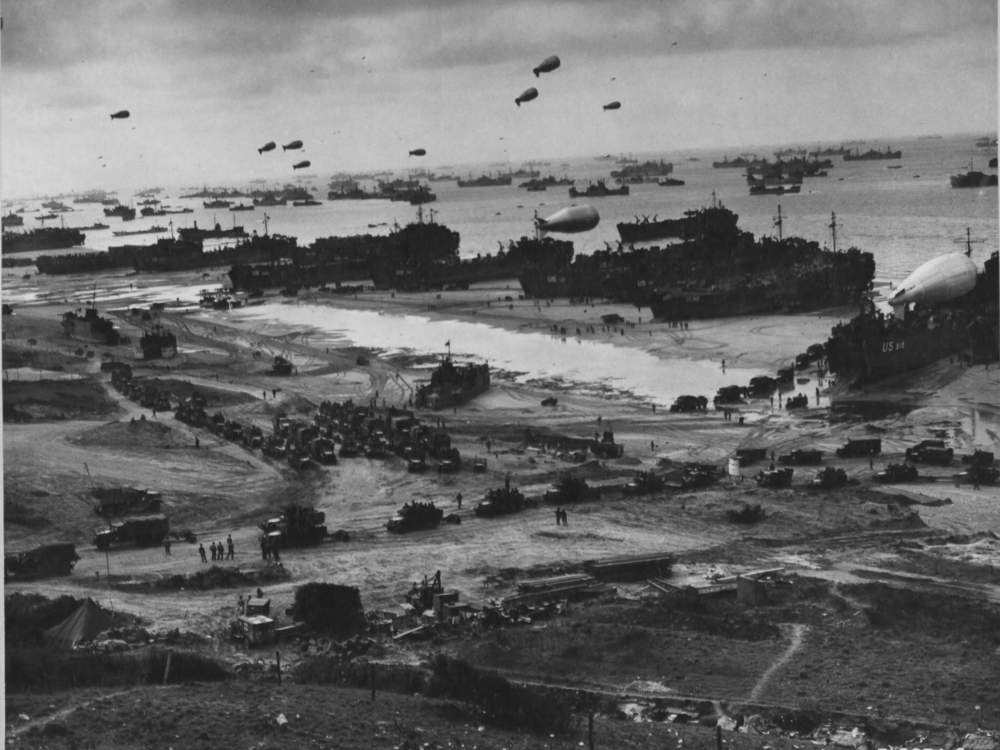
The balloons were vital to the operation and brought ashore in the first wave by the segregated 320th Very Low Altitude (VLA) Barrage Balloon battalion who landed on both Omaha and Utah beaches.
Mr Henry Parham served in this battalion which was the only African American combat battalion to serve on D-Day. He landed on Omaha beach after having bobbed around for hours in a LCVP “Higgins boat” just of the beach.
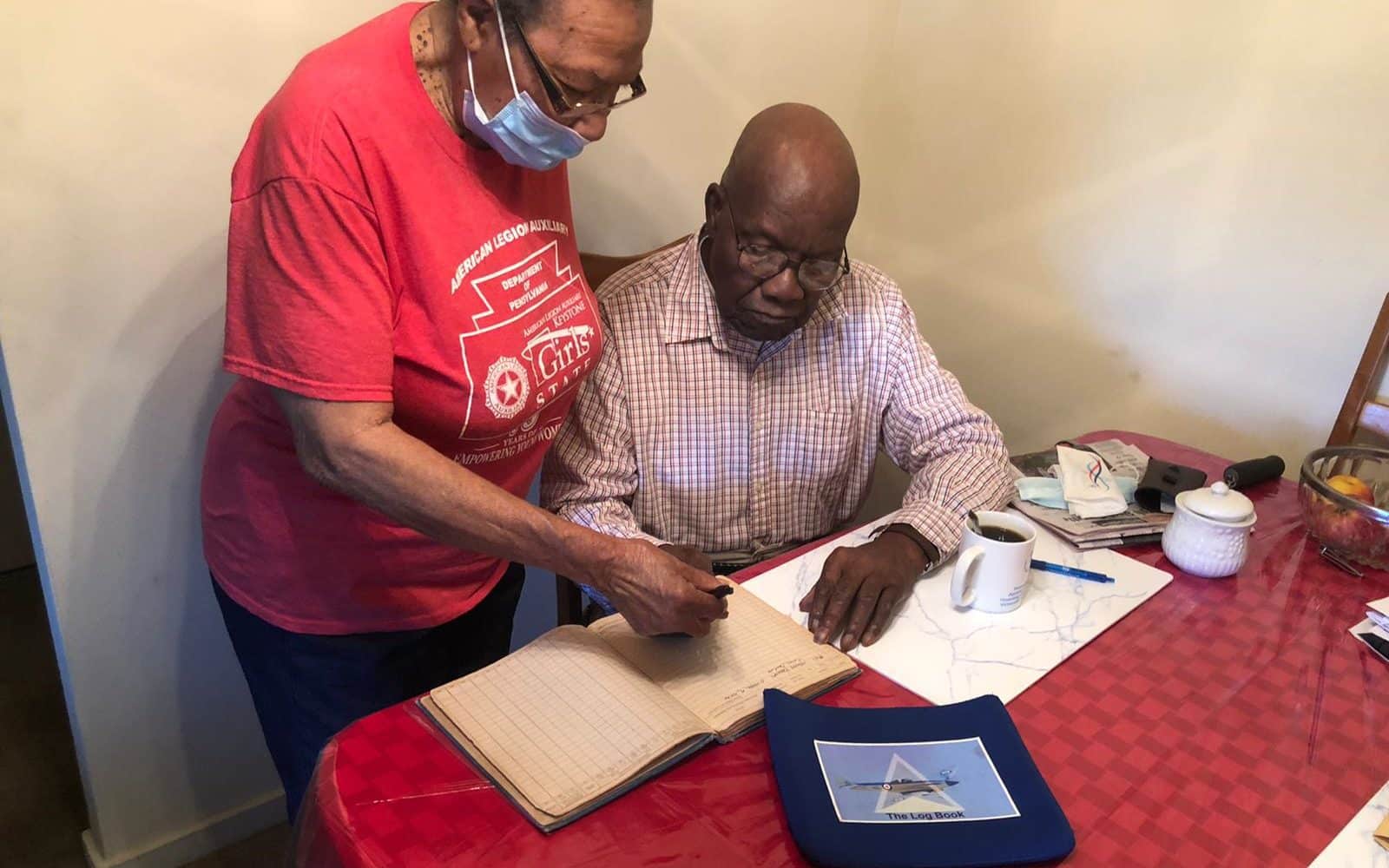
Executive Director of the Veterans Breakfast Club, Mr Todd DePastino, presented The Log Book to Mr. and Mrs. Parham in Pittsburgh where his entry is now joined to all the other incredible legacies that honor its pages.
In large parts the following story presented is based on the excellent article written by Mr DePastino. The article downloadable on below link as published in Veteran Voices of the Veterans Breakfast Club, Volume 2, 2016.
Landing on Omaha beach
The beach was bedlam, and everything was behind schedule. Bodies floated in the water, smoke covered everything. Finally, around 2:00pm, the ramp went down, and Parham’s unit were ordered off by an officer who waved a pistol just in case any of them had second thoughts. Parham went down the ramp into the water. Bullets flying by so close he could hear them and artillery shells exploding all around them. He describes how he could hear the bullets traveling through the water next to him, how he was not hit is something he still cannot understand.
We went down the ramp into neck deep water. Some of the guys drowned. I helped carry one who was to short. We staggered onto the shore, which was littered with bodies and body parts, mines and obstacles. A few men went crazy when they hit the beach, paralyzed by the fear.
Once ashore they dug foxholes and kept their heads down. As the tide rolled in Parham realizes that he has dug his foxhole to close to the water as it begins to flood.
I didn’t know whether to lay there and drown or jump up and take my chances getting shot.
Sixty eight days
As the infantry was able to push forward over the bluffs and to the roads beyond the 320th VLA stayed and raised balloons. By dawn the next day, June 7th, they had raised 12 balloons over Omaha beach. For every balloon raised there was less threat of the Luftwaffe being able to get low enough to strafe the beach. Every balloon assisted in the protection of the stream of soldiers and supplies pouring onto the shore. The Germans shot some down but the 320th VLA was able to replace them,
Over the next sixty-eight days Parham and his unit raised more balloons protecting Omaha beach from enemy strafing. In late July Battery A of the 320th VLA was moved to the port city of Cherbourgh. The remaining three batteries stayed on Omaha and Utah beaches until early October.
A commendation by Supreme Allied Commander Gen. Dwight D. Eisenhower cited the unit for conducting “its mission with courage and determination, and proved an important element of the air defense team”.
The battalions service in France came to an end on 24 October. After 140 days in France the men boarded ships bound for England.
Today Mr. Henry Parham is believed to be the last surviving member of this distinguished group.
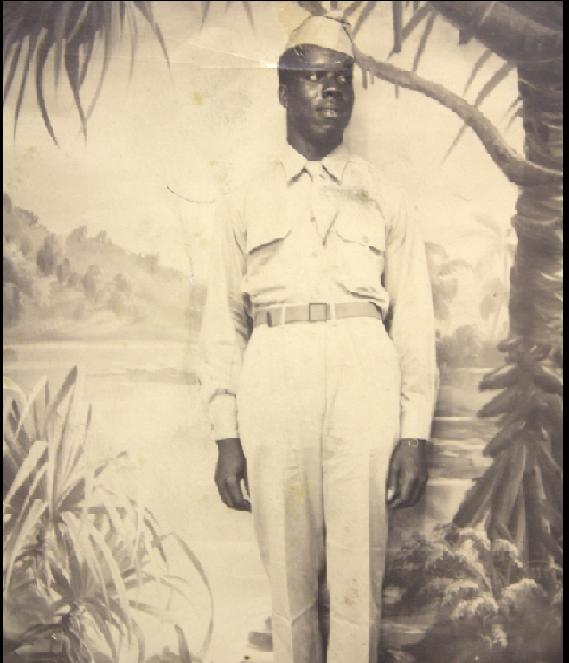
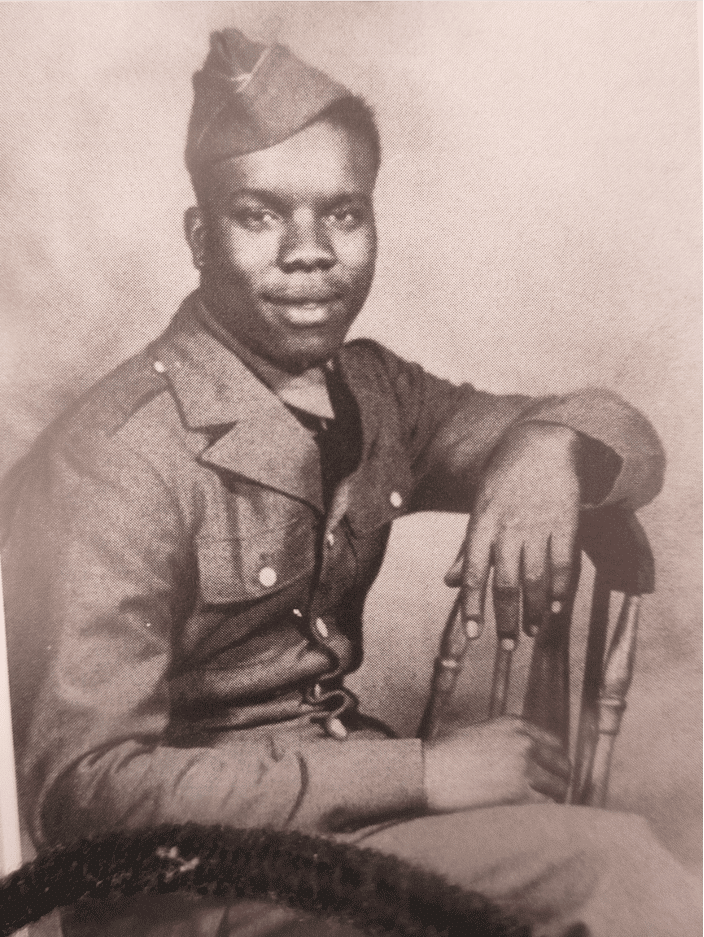
Oral history preserved
Mr Parham’s story, told in his own words, is also preserved through the Veterans Breakfast Club Oral History initiative.
Fittingly, Mr Parhams brave contribution was recognized in Congress on 11 June 2019:
In November Mr. Parham will turn 99, we wish him and his family the best health and Providence always.
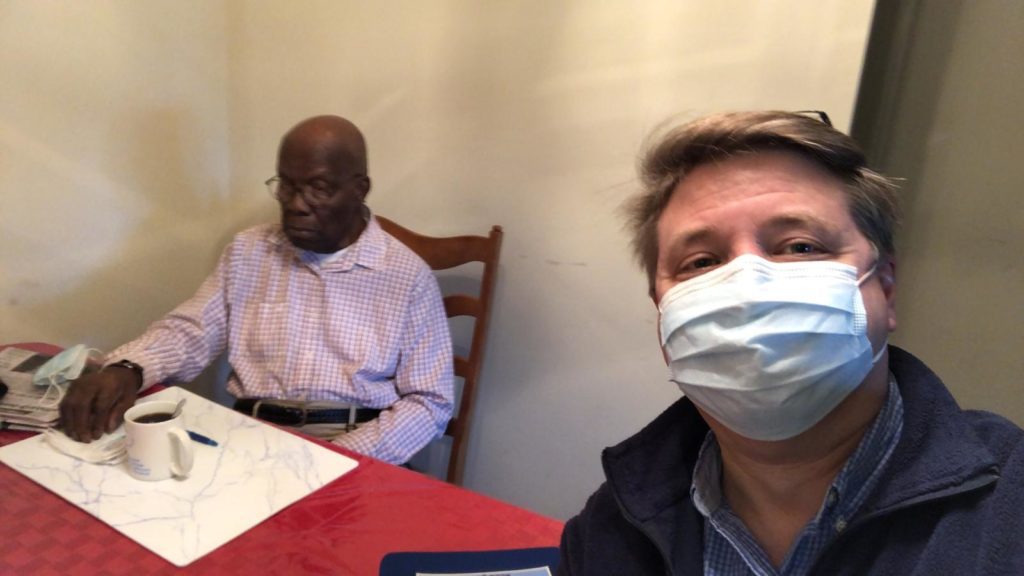


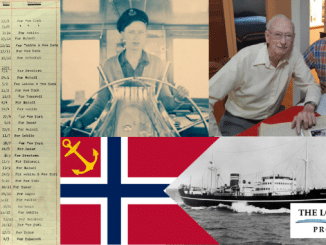
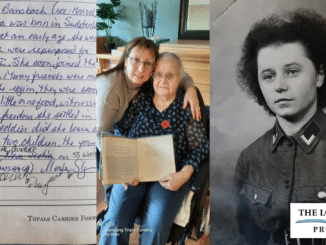
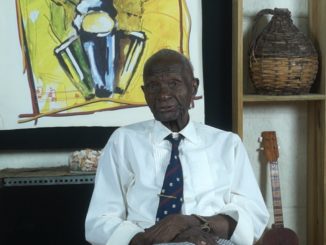
Be the first to comment